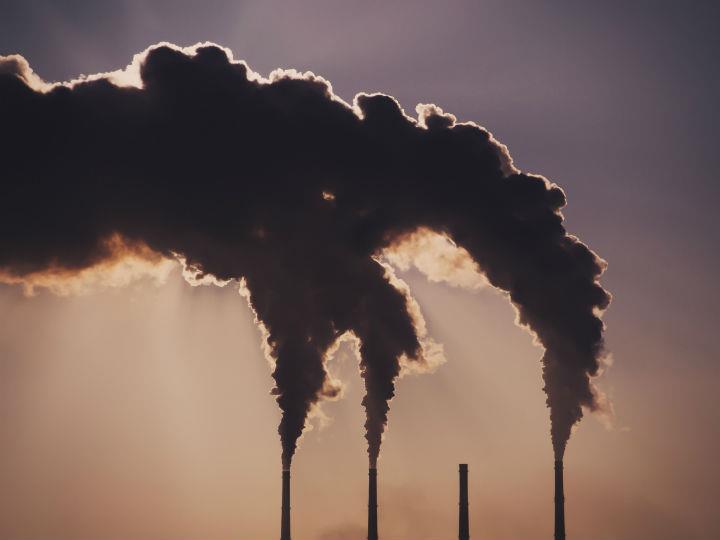by Gabriel Benchetrit and Mike Parr
Meeting the European Commission’s proposed climate target for 2030 will require a step change in emission reduction – nearly trebling the existing effort – and a considerable ramp-up in renewable energy production, write Mike Parr and Gabriel Benchetrit.
Mike Parr is the director of PWR, a UK-based company providing market research and technical support in the field of renewables and energy efficiency. Gabriel Benchetrit is an intern at Challoch-Energy, a consulting firm.
The European Commission’s recent Communication, Stepping Up Europe’s 2030 Climate Ambition, and the accompanying Impact Assessment (IA) contain two key targets.
First, is a proposed 55% reduction of greenhouse gas emissions by 2030 compared to 1990 levels. Second and implicit within the 55%, is an increase in the amount of renewable electricity to 65% of gross production. Closely coupled to the renewable electricity target are energy efficiency proposals.
Step change in greenhouse gas reductions
The 55% target is proposed as a net target, i.e. it includes land use, land-use change and forestry (LULUCF). As of 2020, the Communication claimed that LULUCF reduced EU emissions by 7 to 10%. However, by 2030, the Communication notes that LULUCF will have a diminishing impact perhaps only 5% due to climate effects (drought, heat etc).
Our calculations suggest that on average over the next 10 years, the EU27 will have to reduce emissions by 178 megatonnes of GHGs per year to get to -55%. Between 1990 and 2017 average emission reductions were about 50 megatonnes per year.
This reinforces the message coming out of the Commission that meeting the 55% 2030 target will require a step change in emission reduction – i.e. nearly trebling the existing effort.
Renewables and energy efficiency: Twin sisters
This brings us to the two key policy elements that will deliver these emission reductions: greatly increased energy efficiency actions and more renewables.
Why are buildings important? The residential heating sector uses 1200TWh of natural gas per year and has a carbon footprint of 240 megatonnes of CO2. It is one of several significant emitters that must be addressed.
However, member states have been very slow to implement the thermal renovation of buildings at a scale that is meaningful and which would, in turn, lead to emissions reduction and the possibility to electrify heat. For example, Germany currently renovates 1% of its building stock per year, it needs to be 3%. Other member states are no better and often worse.
Renewables: Another step change
In the case of renewables, the situation will require another step change. In 2019, gross electrical output was around 2,900TWh for the EU27, according to Eurostat. The Commission’s baseline scenario (which is the old -40% GHG 2030 target) indicates a demand by 2030 of 3,116TWh.
Given the intention to reduce both transport emissions and emissions due to heat through electrification measures, we estimate that gross electrical output by 2030 will need to be about 3,500TWh.
Under the 55% reduction scenarios, the Commission’s impact assessment estimates that wind and PV will account for around 48% of gross generation in 2030, i.e. 1,650TWh of the 3,500TWh.
As of 2019, PV and wind supplied 1,18TWh and 334TWh respectively from an installed base of 150GW (wind) and 131GW (PV). Assuming a similar split in 2030, this means 1,237TWh from wind and an installed base of 514GW and 412TWh from PV an installed base of 457GW
Expressed another way, the EU27 needs to build over 10 years 36GW per year of wind and 32GW per year of PV.
Trade association Wind Europe noted that 2019 was a good year for wind with 13GW of new build in the EU27. Solar Europe, another trade association, noted that 2019 was also a good year for PV with 16GW of new construction. These build rates need to double if the 2030 55% target is to be met.
We believe that there is a reasonable possibility that the renewable targets could be met. Solar Europe has forecast a build rate of 26GW of new PV for 2023, not so far from the 32GW that is needed. Perhaps this could be the build-rate for 2021?
Likewise, Wind Europe in a recent document suggested that Europe needed 400GW of wind by 2030, indicative of a 25GW/year build-rate.
However, there are other problems apart from build-rates. Our analysis of German and Spanish electricity systems suggests that for renewable electricity penetrations of 40% or more, at least 7.5% of the renewable electricity generated is surplus to requirements, i.e. it cannot be used by in-country demand.
At the moment it is exported. Self-evidently, if member states next to Germany and Spain are expanding their renewables, the possibility for exporting “surplus” renewable electricity reduces.
One way to address this problem is through the use of deterministic load i.e. through the use of electrolysers to make green hydrogen. We thus estimate that PV and wind by 2030 will need to produce 1,800TWh to reach the targets set in the Communication.
In turn, this will require more PV and wind. Thus our estimates of 36GW/year for new-build wind and 32GW/year for new-build PV must be considered as a “lower bound”.
This brings us to the final roadblock. Sitting as gatekeepers with respect to renewables are the member states. They determine what can and cannot be built.
This means that even if the 65% renewable target is accepted by the Council (and with it the -55% carbon reduction target), it will then fall to individual member states to turn words and signatures into actions on the ground.
Their track record with respect to both energy efficiency and renewables has, so far, been abysmal.
*first published in: www.euractiv.com




 By: N. Peter Kramer
By: N. Peter Kramer
